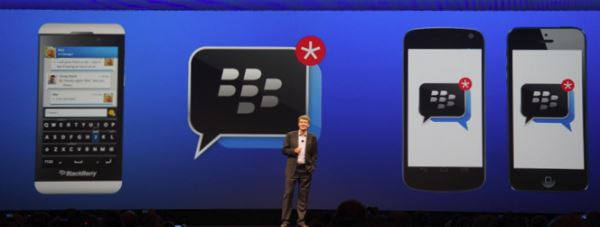#1: Microsoft buys Nokia
We’ve been working on a recap of the biggest stories in mobile and tech from last year. With our good friend Scottie Ladeaux we’re going to bring you a new post looking back on our picks from 2013 every Thursday.
We got there! This is the final instalment of a ten part video series looking back at the year 2013 in mobile and tech. And the long-awaited #1 biggest story in tech from the whole of last year is the news of Microsoft completely buying out struggling Nokia’s Mobile Phones Division.
We talk about the history of Nokia and what this acquisition means for them as well as the whole future of the battle between various smartphone operating systems. We also question the role of Stephen Elop in the relationship between Microsoft and Nokia.
It wasn’t a complete surprise to everyone, but this news shook up the entire business world and is sure to play a huge role in shaping the future of smartphones and mobile tech in general.
Nokia may have been in the business since the ’70s and produced the first handheld mobile ever but soon after the first smartphones came out they’ve been in decline. The Finnish company were the world’s biggest handset manufacturer for fourteen years but in 2012 Samsung emphatically replaced them.
Despite a massive marketing budget and lucrative royalty-sharing deals, their Windows Phone mobiles make up fewer than 5% of smartphones sold and Nokia have forced through a massive savings strategy. But even with 15,000 redundancies, they have been haemorrhaging cash and their revenues crashed from over €7 billion to just under €3 billion in the second quarter of 2013.
Nokia had been all but written off until September last year when Microsoft announced they’d be acquiring the whole company in a massive £4.6 billion (or $7.2 billion) deal. Microsoft also agreed to invest an additional €1.5 billion in financing to help with the Finnish company’s cash flow woes and debt issues.
It’s an industry open secret that, unlike other rival manufacturers, Nokia chose not to partner with Android when it first came out as they feared they would not survive the competition of Google’s market. Instead their plan was to join Microsoft and aim to control a whole vertical with their phones being manufactured from Nokia components rather than off-the-shelf parts. But nobody predicted they’d end up being owned by them.
This shakes up the entire smart phone market. Now, there really are only three big players left – Apple’s iOS, Google’s Android and Microsoft’s with Windows Phone. Previously, BlackBerry had also been in the running but with Microsoft choosing Nokia over them, it’s hard to see a place for BlackBerry in the future of smart phones. Especially since their revenues have also plummeted in recent years and due to their internal issues which we discussed in video #5 in this countdown.
However, some saw a conspiracy in the demise of Nokia. Stephen Elop was the head of Microsoft’s Business Division for two and a half years before he took over as Nokia’s CEO in September 2010. This was the first time that Nokia had a non-Finnish director and he received a $6 million golden handshake.
Elop’s reign at Nokia was fraught with controversy. It was under his leadership that Nokia’s internally-developed operating systems – Symbian and Meego – were in favour of Microsoft’s OS. He also deriding the company in public statements and some suspected him to be a Trojan horse-style saboteur destroying them from the inside.
The fact that Nokia’s market cap has plummeted over the last few years. has meant that it’s ripe for the picking and Microsoft were able to snatch up a bargain compared to a few years ago. There were rumours that Microsoft would try to buy Nokia ever since he was appointed and as part of the deal Elop will now return to Microsoft as head of their Devices team. But
Regardless, this acquisition will be remembered a major event in the history of mobile phones. Microsoft has been struggling to keep up as a technology company in the age of mobile and if they want to salvage any of the success they’ve retained since the ’90s it’s in many ways an entirely necessary gamble.
Still, the duopoly of Android and iOS seems incredibly solid at the moment and it’s hard to see how they can chip away at their market share. However, it is clear that they are willing to spend and do whatever it takes to have a chance to be one of the major players in this business. The strategy has been failing so far, so it’s hard to see how ploughing even more money in can make a drastic difference. But it certainly makes things much more interesting for the next few years and it can only be good for consumers to have more competition and innovation.
What did you think of this series? Do you reckon we covered all the major stories in tech and mobile from last year or we there some that we omitted? And what’s your take on the Microsoft-Nokia deal? Could Elop really have been a plant devised to produce a preferential price?





Recent Comments